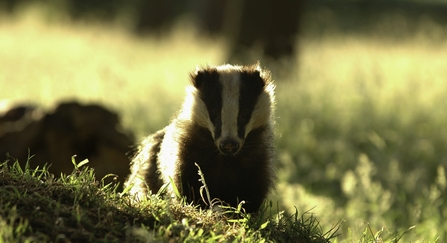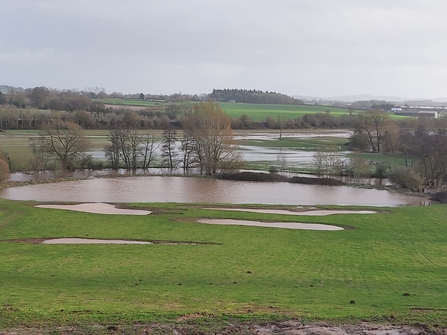Herefordshire is currently experiencing severe flooding and, while floodplains being inundated is an expected, seasonal occurrence, the frequency and severity of the flooding of this and recent years has a major impact on our natural world. While tackling the climate crisis to treat the root of the problem is imperative, employing nature-based solutions to address the problems is also vital.
Struggling Species
Mammals which live in burrows, such as mice and voles, will be particularly struggling with homes inundated with water. Waterlogged ground also makes it hard for animals which dig for their food such as badgers, whose diet is mainly worms and beetles. This winter we have seen increase in otter road casualties, which is likely to be due to their displacement when rivers flood. Even species which are associated with habitats such as floodplain meadows which are inundated annually can struggle when the land is submerged for long stretches of time. For the celebrated snake’s head fritillary, for example, which flowers on Hereford’s Lugg Meadows, our very wet winters may mean plants die off.


